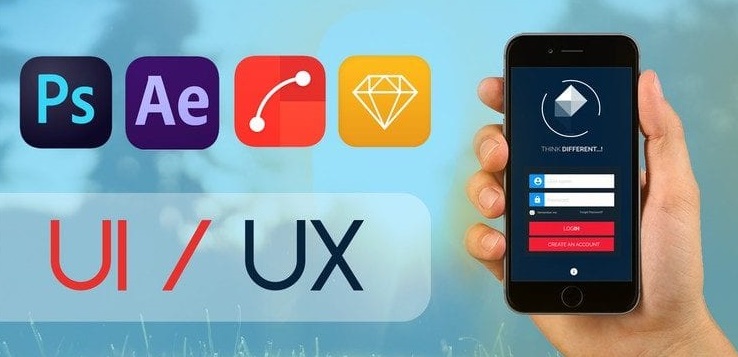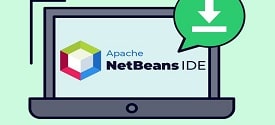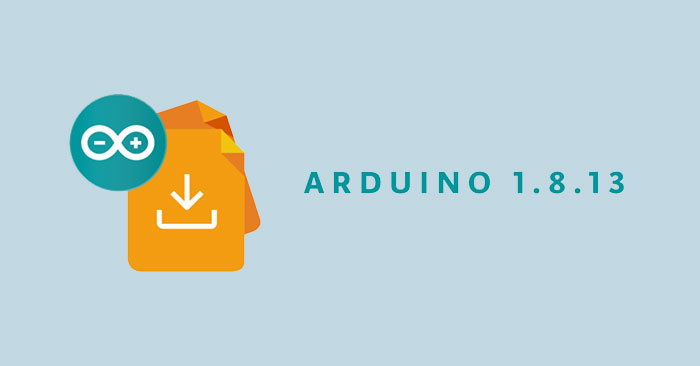How to become a UI/UX designer
Good designers are always in demand because new digital products appear every day. Despite the seemingly low entry threshold, not everyone can work in a professional agency for user experience design. Not all specialists focus on the development of empathy in order to feel the mood of users, the client, and have a developed taste.
However, where the heart is willing, it will find a thousand ways. In this post, you are going to find a step-by-step plan to become a UX/UI designer. You will learn where to start learning about UX design and what skills should be obtained first. Hopefully, this post will help you to succeed on the way to a new interesting career.

After reading this article, you will:
- 1. Understand what things you need to focus on when learning;
- 2. Learn the requirements for different levels of UI / UX designers;
- 3. Get a step-by-step guide to learning the profession.
Let's get started!
What knowledge and skills a UI/UX designer should have
Ideally, a novice web designer should have the following skills:
- Understand the basics of web and UI/UX design. The concepts UI (user interface) and UX (user experience) are important to start with. However, you will also need to know and operate the main terms like layout, color palette, grid, and other elements associated with the creation of a website or mobile application. Mastering Adobe Photoshop, Figma, or Sketch is another indispensable thing before starting a designer's career.
- Taste. You must be able to distinguish good design from bad. Relying on design thinking, you can develop and follow the following formula of good design: user-friendliness + user expectations + problem-solving. You must solve the problems of visitors, saving their time as much as possible, and promote the company for which you created the design.
- Communication skills. Without them, it will be difficult for you to promote your ideas, perceive criticism, or sell yourself on the labor market. We recommend that you develop social skills in every way to promote yourself more effectively.
- Quick thinking. Those who find the right solutions quickly are always valued better than those who ponder several hours on a simple task.
- HTML basics and layout. It is unlikely that you will have to delve into the code editor, but at the final stage, the design is passed to the layout designer, who will bring your layout to life. If you don't know the basics of HTML, a programmer can do things differently than you intended.
Focus on the systematic development of these skills. Focus on the first three, and the rest should be improved if possible. Dedicate 1-3 hours to learn the basics of web design, regularly practice to develop a sense of taste, read useful books, and communicate with other professionals to improve your social skills.
The evolution of a UI/UX designer: from junior to senior
In general, the stages of development of a web designer can be divided into three stages - junior, middle, and senior.
Junior web designer
There are not many requirements for a junior designer. Usually, his job is to draw simple web forms or simple websites in Photoshop. There are many job opportunities for juniors on the market, including internships (sometimes unpaid). Salaries can vary. However, on average, they are relatively low.
Middle designer
They are engaged in more serious projects for reputable customers. Junior designers usually can grow to the middle level in 6-12 months, depending on their hard work and development. The salary is higher, and the tasks are more interesting.
Senior designer
This is a person with extensive experience, a solid portfolio, and experience. Sometimes they can oversee the entire design process of a product or work in a team on its improvement. Senior designers communicate with clients, draw complex forms and unique pages. They are paid accordingly. However, not so many companies can afford to hire such a specialist.
Summing up
If you want to become a UX/UI designer, you can follow the following action plan.
- 1. Learn the basics. UI is part of UX design but not an alternative. Master both.
- 2. Master Photoshop. At first, this will be your main tool. You can switch to alternatives or other programs a bit later. For example, Sketch is used to render interfaces.
- 3. Create a portfolio. It will increase the chances of finding a job or getting your first freelance order. Prepare a few options for fictitious companies/customers.
- 4. Select an area. Do you want to become a freelancer or a full-time employee? It will be easier to gain experience and get the first job in the second case, but the office is not suitable for everyone.
- 5. Depending on the chosen path, take action. Find a studio recruiting interns or junior web designers, or go search for your first order online.
- 6. Continue learning
Summing up, it's worth saying: design is not an easy job. This does not mean that it cannot be learned. But you will need to work hard and maintain a high level of motivation to achieve the top.
You should read it
- The reasons why Web Designer feels sad
- How to become a good UX Designer without a degree!
- Learn Google Web Designer, Useful Tool in Creating Websites
- How to register to use Microsoft Designer
- Perhaps only genuine Designer people can understand this article!
- 9 tools to master to become a graphic designer
- Leaked photos of a mysterious Windows 11 application called Designer
- 13 best free eBooks for Web Designer
- Why Web Designer should learn Ruby on Rails?
- How to Become a Costume Designer
- 10+ Extensions on Chrome make Designer more comfortable
- Vietnamese designer discovered that the button for sending messages on iPhone is deviated a few pixels, making the world designer community 'stir'
May be interested

How to install Apache Netbean on Windows 10

How to pack Project code into EXE file with MS Visual Studio

How to install MariaDB on Windows 10 operating system

Download Java Development Kit 8-update-281

Download Arduino IDE 1.8.13: Great programming software for beginners

Download Java Runtime Environment 8-build-251






 The reasons why Web Designer feels sad
The reasons why Web Designer feels sad How to become a good UX Designer without a degree!
How to become a good UX Designer without a degree! Learn Google Web Designer, Useful Tool in Creating Websites
Learn Google Web Designer, Useful Tool in Creating Websites How to register to use Microsoft Designer
How to register to use Microsoft Designer Perhaps only genuine Designer people can understand this article!
Perhaps only genuine Designer people can understand this article! How to use Microsoft Designer to design images
How to use Microsoft Designer to design images